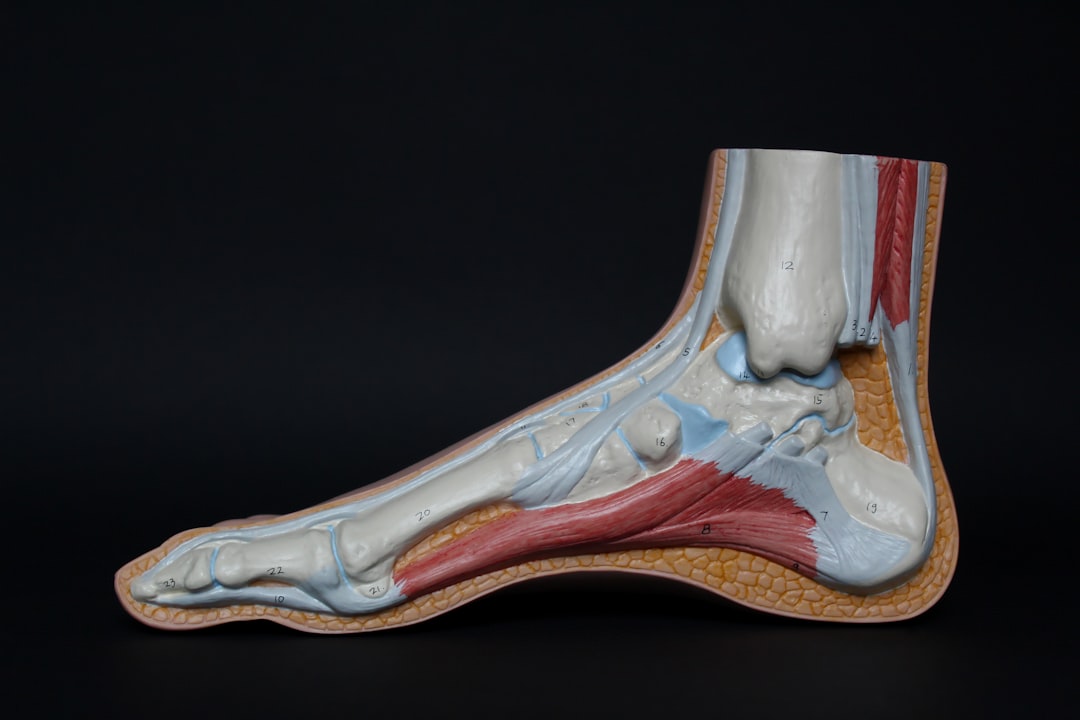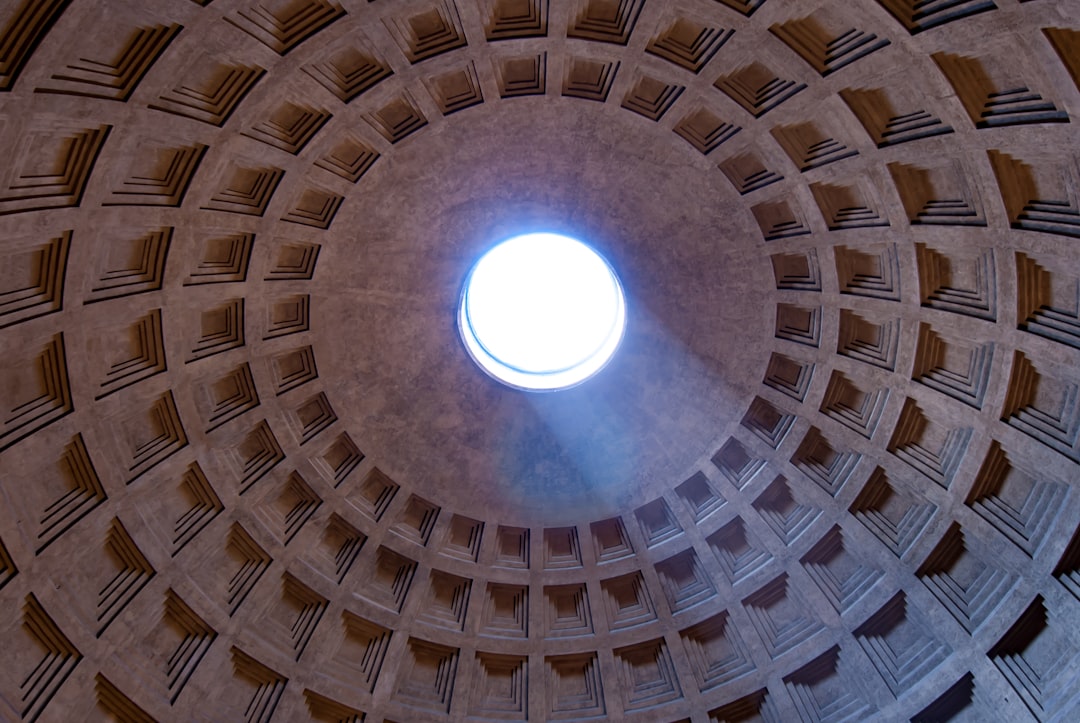What is it about?
In this study, we examined the perception and understanding of spatial volumes within immersive and non-immersive virtual environments by comparison with a representation using conventional media. We examined the relative effectiveness of these conditions in enabling the translation to a tangible representation, through a series of design experiments
Featured Image
Why is it important?
The goal of our study is to identify how designers perceive space in Virtual Environments (VEs). We explore issues of quality, accuracy and understanding of reconstructing architectural space and forms. By comparison of the same spatial performance task undertaken within a Head Mounted Display, screen-based and real 2D environment, we are able to draw some conclusions about spatial understanding in immersive VE activity.
Perspectives
Our experiments demonstrated that the problems of VEs are not insurmountable. Because technical solutions are constantly evolving, difficulties resolved and equipment is becoming more sophisticated and easy to use. Working with VEs architects can explore alternative solutions to those achieved in conventional design methods. This is despite the challenges of visual perception, mental workload, errors, comprehension of design and its communication and the different frequency of creation feedback-modification loops. Since IVEs increasingly play a role in the design and form finding of architectural creations, virtuality becomes, in that sense, reality. In this experiment, we have identified that such form finding may be better in IVE than in other media but that the representation of these forms in other physical media may require better tools. This suggests that techniques that produce physical representations on demand, such as rapid prototyping (RP) may have a significant contribution to make to a design process that involves IVEs.
Professor Marc Aurel Schnabel
Xi'an Jiaotong Liverpool University
Read the Original
This page is a summary of: Spatial Understanding in Immersive Virtual Environments, International Journal of Architectural Computing, December 2003, SAGE Publications,
DOI: 10.1260/147807703773633455.
You can read the full text:
Resources
Contributors
The following have contributed to this page










